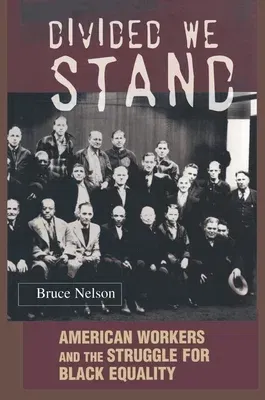Divided We Stand is a study of how class and race have intersected in
American society--above all, in the "making" and remaking of the
American working class in the nineteenth and twentieth centuries.
Focusing mainly on longshoremen in the ports of New York, New Orleans,
and Los Angeles, and on steelworkers in many of the nation's steel
towns, it examines how European immigrants became American and "white"
in the crucible of the industrial workplace and the ethnic and
working-class neighborhood.
As workers organized on the job, especially during the overlapping CIO
and civil rights eras in the middle third of the twentieth century,
trade unions became a vital arena in which "old" and "new" immigrants
and black migrants forged new alliances and identities and tested the
limits not only of class solidarity but of American democracy. The most
volatile force in this regard was the civil rights movement. As it
crested in the 1950s and '60s, "the Movement" confronted unions anew
with the question, "Which side are you on?" This book demonstrates the
complex ways in which labor organizations answered that question and the
complex relationships between union leaders and diverse rank-and-file
constituencies in addressing it.
Divided We Stand includes vivid examples of white working-class
"agency" in the construction of racially discriminatory employment
structures. But Nelson is less concerned with racism as such than with
the concrete historical circumstances in which racialized class
identities emerged and developed. This leads him to a detailed and often
fascinating consideration of white, working-class ethnicity but also to
a careful analysis of black workers--their conditions of work, their
aspirations and identities, their struggles for equality. Making its
case with passion and clarity, Divided We Stand will be a compelling
and controversial book.

